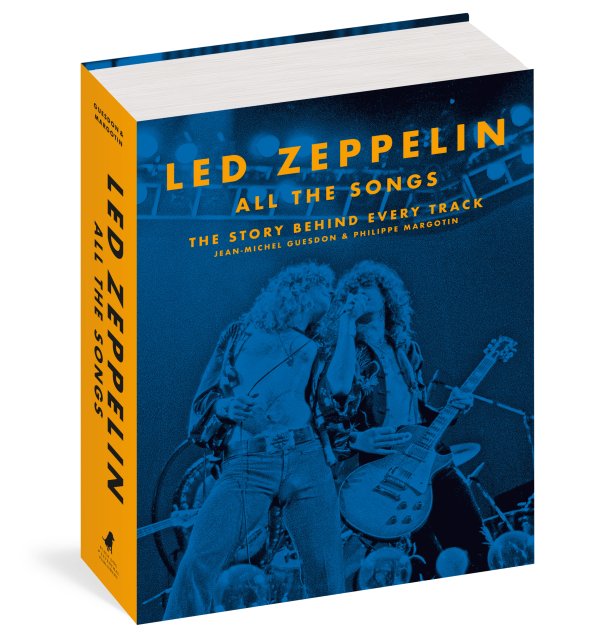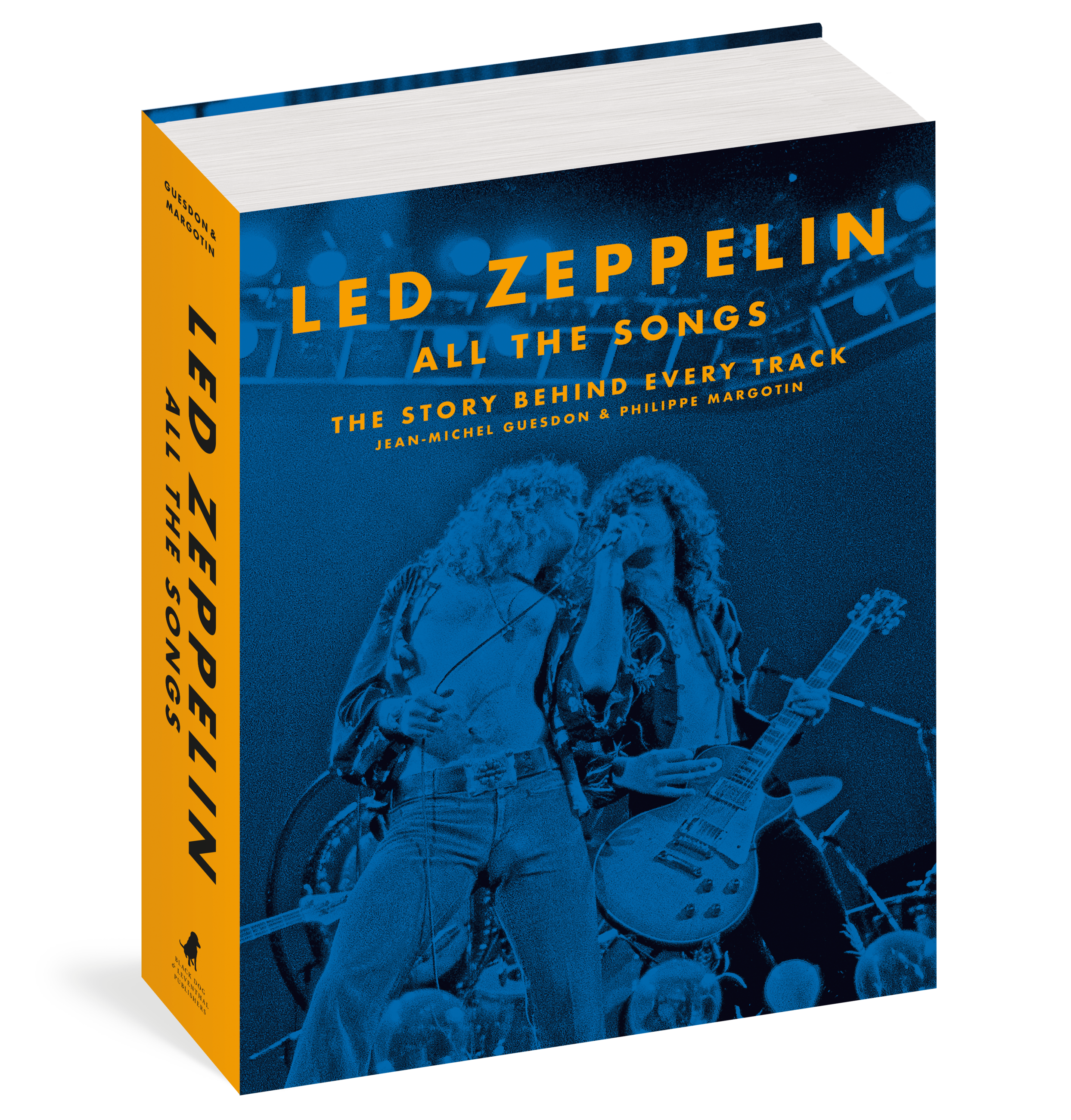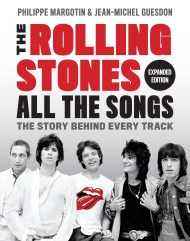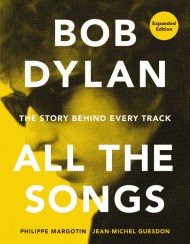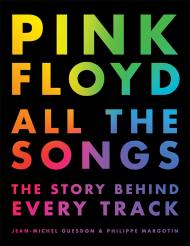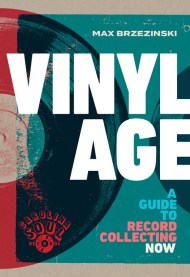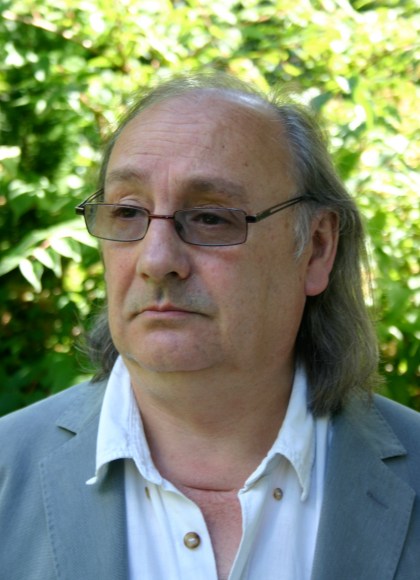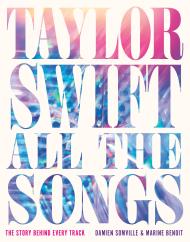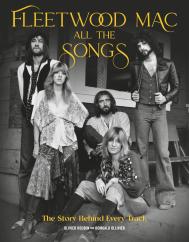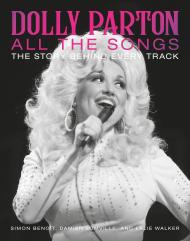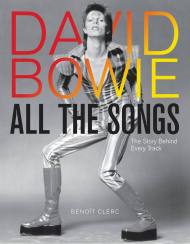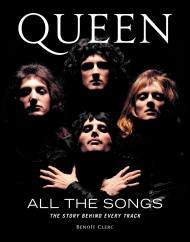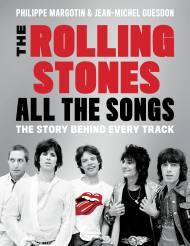Promotion
Use code BEST25 for 25% off storewide. Make sure to order by 11:59am, 12/12 for holiday delivery!
By clicking “Accept,” you agree to the use of cookies and similar technologies on your device as set forth in our Cookie Policy and our Privacy Policy. Please note that certain cookies are essential for this website to function properly and do not require user consent to be deployed.
Led Zeppelin All the Songs
The Story Behind Every Track
Contributors
Formats and Prices
- On Sale
- Oct 23, 2018
- Page Count
- 608 pages
- Publisher
- Black Dog & Leventhal
- ISBN-13
- 9780316448673
Price
$60.00Price
$75.00 CADFormat
Format:
Hardcover $60.00 $75.00 CADThis item is a preorder. Your payment method will be charged immediately, and the product is expected to ship on or around October 23, 2018. This date is subject to change due to shipping delays beyond our control.
Buy from Other Retailers:
More than fifty years after their first practice session in a London basement, Led Zeppelin continues to fascinate new generations of listeners. While their legendary backstage antics have been written about extensively in other books, Led Zeppelin All the Songs focuses on the music, detailing the musicianship and lyrical inspiration that helped each of the band’s nine albums go platinum, including Led Zeppelin IV, which has been certified platinum 23 times and has sold more than 37 million copies worldwide.
This book is filled with fascinating behind-the-scenes stories of life on the road and inside the recording studio. Fans will learn the meaning behind some of the band’s classic lyrics, as well as the inspiration for all of their album covers, which instruments were used on every track, and the importance of contributions from engineers, sound technicians, producers, and other behind-the-scenes professionals who helped Led Zeppelin become one of the most popular bands of all time.
Series:
-
Review for Pink Floyd All the Songs: "Even superfans of the rock legends will learn something new."Entertainment Weekly
-
Review for Pink Floyd All the Songs: "This chronological presentation of everything Pink Floyd will satisfy the most hard-core fans and captivate those unfamiliar with the band's massive musical output."Booklist
-
"Necessary for the rabid fan, certainly, but more than worthy of a look, and a whole lot of fun, for the rest."Jambands
-
"Here's a perfect gift for the Led Zeppelin completists who have every recording by the legendary rockers. There are also over 500 photos."Dayton Daily News
Newsletter Signup
By clicking ‘Sign Up,’ I acknowledge that I have read and agree to Hachette Book Group’s Privacy Policy and Terms of Use

